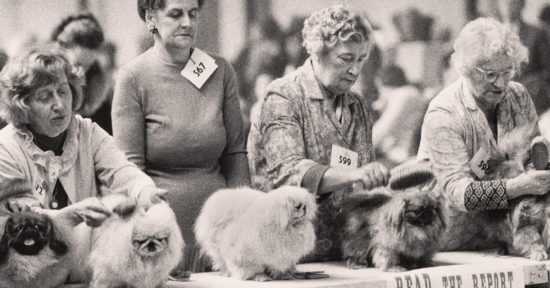
It’s a provocative question but not a facetious one. The thought came to me while having lunch recently with an old friend (now in his eighties) who groused “that not enough Chablis today tastes like Chablis.” For him, a quality wine must always taste like what it is.
This is a pretty pervasive notion, and not just for people of my friend’s generation. The entire appellation system (there are a few exceptions) exists to support and maintain the idea. This is why there are such detailed rules about how wines can be made — mandating where grapes can be planted, what varieties may used in what percentages, when fruit must be picked in what quantities, and how and for what duration the resulting wine must be aged before release. The aim of all this rulemaking is to give each appellation wine — whether Chablis or Chianti — a durable, recognizable identity.
When the system succeeds, wines of a like provenance display marked similarities in the way they smell, taste, and feel — within certain agreed-upon limits of variability. Those that represent exceptional examples of the replicated form are thought to be the best. This is exactly where it begins to get doggy.
Among canine fanciers, breeding and judging are also guided by the standards established by a governing authority — the American Kennel Club, for example. The goal is to see the written standards incarnated as closely as possible in an individual animal. It’s the aim of breeders to produce dogs that conform to the standard. Judges employ the standard as the basis for crowning champions. View the AKC rules for any breed online, and you may be struck, as I was, by their formal resemblance to the guidelines each country provides for its appellation-level wines. It wasn’t that long ago that a favorite way for wine writers to describe a wine of particular excellence was to say it had “breeding.”
Replication owes something to nature, certainly, but much more to the cultural consensus that develops over time concerning the shape a certain wine should take. To the degree that winemakers, consumers, and critics consent to these standards, the consensus is reinforced and perpetuated. It’s fair to say that each of these groups benefits in some way from the agreement they enter into. For my friend, having a notion of the Chablis form allows him to make quality judgments about wine that would otherwise be quite a bit more difficult. For candidates studying for the Master of Wine or Master Sommelier title, familiarity with these consensus forms is an essential aspect of their coursework. If the forms didn’t exist what would their special expertise consist of and what would the organizations who bestow these degrees have to sell?
But consensual forms only work if they remain stationary (or at least change very slowly) and everyone keeps replicating. Once winemakers start moving the reference points by departing from the norms all bets are off and the expertise consumers, somms, and critics spent years accumulating begins to feel far less useful.
A glass of turbid, rust-colored, prickly, amphora-fermented, vin de table, anyone?
-Stephen Meuse
Taste, talk, was learn about wine this week in the FKC wine corner . . .
THURSDAY, MARCH 28 3-6 PM – LASSIE COME HOME
2017 Angelo Negro & Figli Langhe Favorita “Onorato,” $18.95
2017 Famille Vaillant Cabernet Breton, $21.95
2017 Domaine Jean Vullien, Cru Saint-Jean-de-la-Porte Vin de Savoie Rouge, $16.95
FRIDAY, MARCH 29 3-6 PM – CHEW TOYS
2017 André & Michel Quenard, Vin de Savoie “Les Abymes,” $17.95
2017 Les Enfants Sauvages, “Enfant Sauvage” Côtes Catalanes, $26.95
2017 Domaine la Cabotte, “Garance” Massif d’Uchaux, $21.95